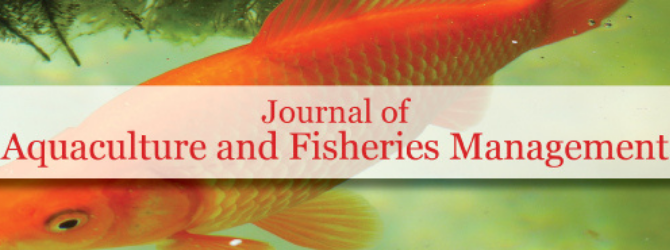Elements influencing social needs of aquatic ecosystems
Received: 06-Dec-2021 Accepted Date: Dec 20, 2021; Published: 28-Dec-2021
This open-access article is distributed under the terms of the Creative Commons Attribution Non-Commercial License (CC BY-NC) (http://creativecommons.org/licenses/by-nc/4.0/), which permits reuse, distribution and reproduction of the article, provided that the original work is properly cited and the reuse is restricted to noncommercial purposes. For commercial reuse, contact reprints@pulsus.com
Introduction
Aquatic and terrestrial ecosystems differ in the relative importance of hydrology as a critical factor in their biogeochemistry. In terrestrial ecosystems water may directly limit autotrophic or heterotrophic activity, especially during droughts. In contrast, all wetlands have water at or near the surface for at least some portion of the year as a result they have hydric soils. A Hydrophytic (water-loving) plants capable of living in saturated soils dominate wetland vegetation. By definition water is seldom in short supply in wetlands, but hydrology plays a fundamental role in these ecosystems. First, because oxygen diffuses 104 more slowly in water than it does in air, water indirectly limits biogeochemical activity in wetlands by constraining oxygen supply. As a result there are many places in aquatic ecosystems where oxygen consumption exceeds rates of delivery, so anoxia is the typical condition of most sediment in wetlands, lakes, and streams. The plants and microbes controlling the biogeochemistry of aquatic ecosystems must cope with limited oxygen supplies. Second, because of their low topographic positions where surface waters collect or groundwater emerges; aquatic ecosystems receive substantial inputs of organic materials and minerals from the surrounding terrestrial catchments. The importance of these subsidies from terrestrial ecosystems depends to a great extent on the ratio of shoreline to the volume of the ecosystem. In many aquatic ecosystems these allochthonous (i.e., externally derived) inputs of energy and elements can exceed autochthonous (in situ) inputs by photosynthesis, such that many (perhaps most) aquatic ecosystems are net heterotrophic, or reliant on surrounding terrestrial ecosystems to provide the majority of their annual supply of organic matter and essential elements.
Features of Aquatic Ecosystem
Aquatic ecosystems worldwide provide important resources for human populations. Estuarine and marine habitats provide many essential ecosystem services, including climate regulation, yet currently these systems are impacted over large areas through over-exploitation and degradation. Moreover, aquatic ecosystems represent an integrative picture of environmental impacts and management practices operating in the terrestrial hinterland. Scientists have as yet not been able to develop predictive whole ecosystem simulation models, and no single method of food web analysis has been subjected to extensive validation of its predictive capabilities. This chapter describes factors that act at the level of individuals and populations, but whose influence on the food web dynamics and ecosystem functioning is as yet poorly understood. It is suggested that the neglect of these factors, among others to be discovered and explored, contributes to the uncertainty of predictive ecosystem simulation models. The use of larger-scale network approaches and the need for quantitative descriptors of food webs is emphasized, and concluded with challenges in application of food web theory to management issues in aquatic systems.
Role of the Aquatic Biodiversity
Aquatic biodiversity is a major concern in water conservation and restoration projects, as well as water resource management. Concern regarding the biological health of wetlands, rivers, and lakes has led to the idea of ‘ecosystem services’ as a means to quantify or assess the value provided to society by different natural environments, including aquatic environments. While this lens seems biased to the larger species that are of commercial value (i.e. fish), it is understood that healthy waters require the full spectrum of organisms as part of an aquatic ecosystem. The section on aquatic biology provides considerable detail on many of these species.





